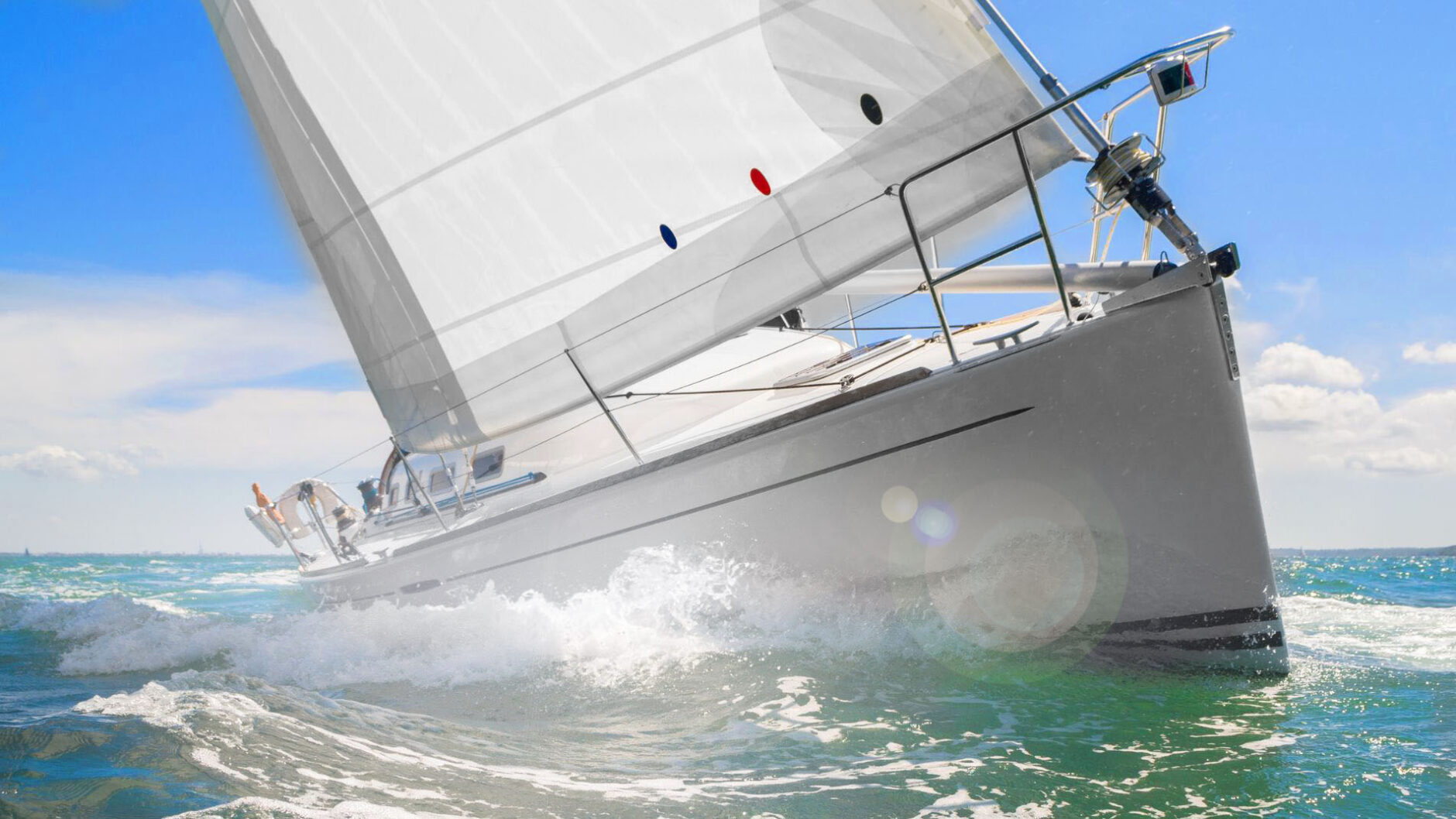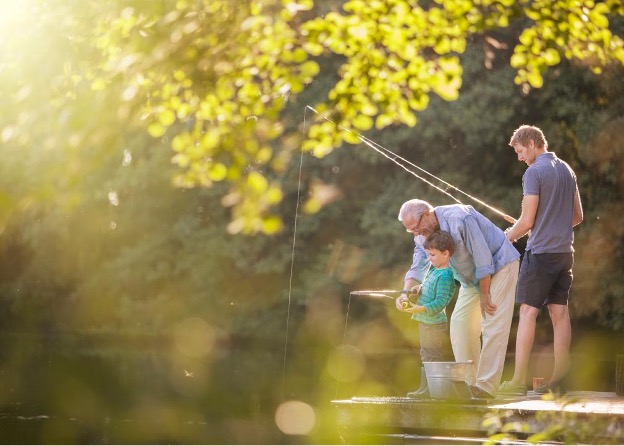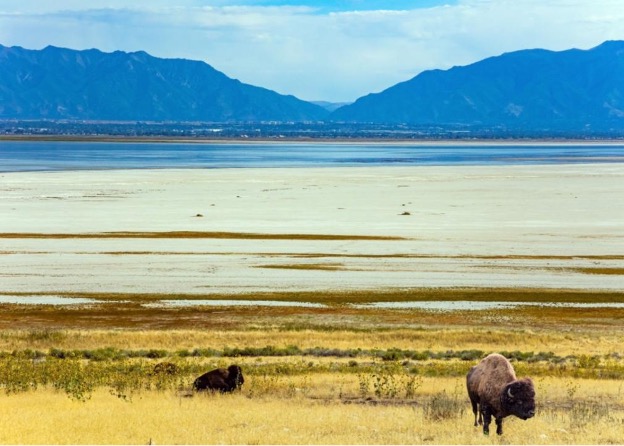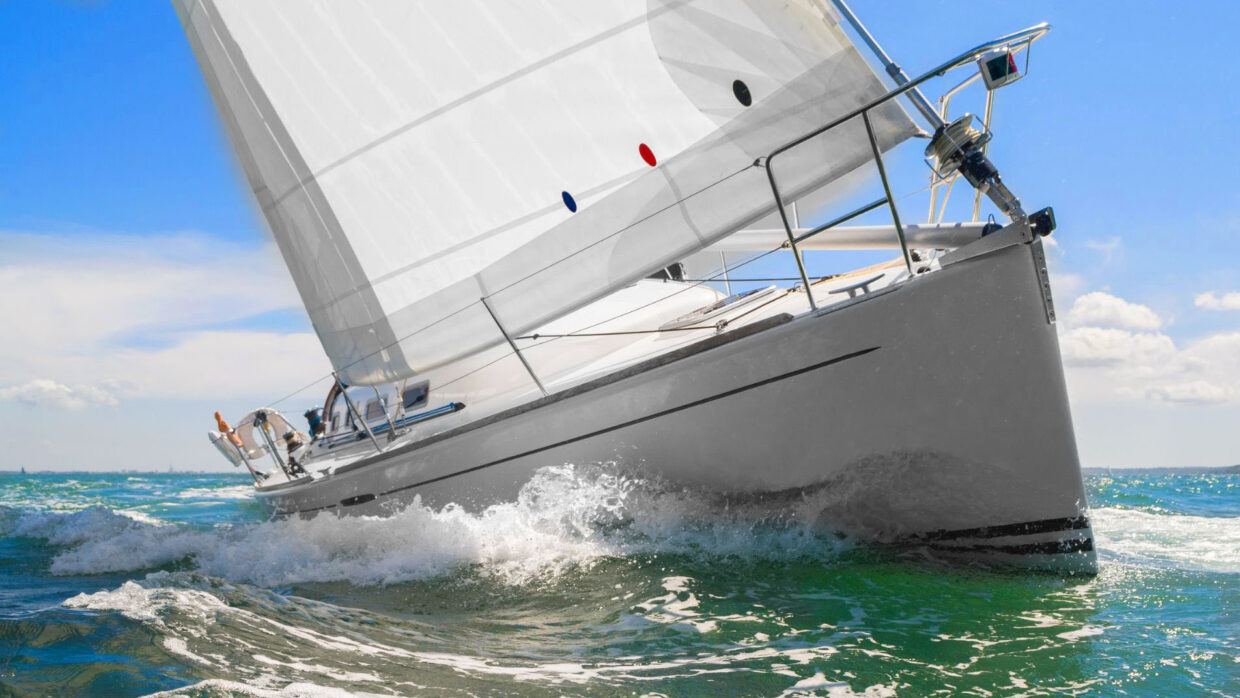In many ways, boats are marvels of engineering and design, even though they vary widely in size and appearance. If you’ve ever stopped to think about it, there are as many different types of boats as there are possible hull shapes. But in the final analysis, all hull designs for boats serve only one of two purposes: displacement or planing.
Sailboats, transport ships, and cruise liners employ hulls that displace water to move. Their primary function is to sink to a certain depth, move slowly, and pull heavy loads at reduced speeds. Their hulls need to be able to push large volumes of water out of the way all at once.
By contrast, the primary goal in the design of a planing hull is to increase speed. Planing hulls are often seen in boats with less onerous weight demands. The hulls of these boats allow them to lift out of the water while cruising at high speeds. For this reason, many lightweight boats, including powerboats, have hulls that are designed to plane.
Now that we’ve got a handle on these two broad categories of boat hulls, let’s look at some of the more specialized hull designs you might see at a local marina.

Different Kinds Of Boat Hulls
Flat Bottom Boat
With a flat bottom design, the cost to construct a boat is reduced because of the shallow draft (the part of the hull that’s submerged) that can be achieved. These boats plane quickly, but unless the water is very calm, their ride can be choppy due to their hulls’ flat bottoms. These boats are also less stable; thus, it’s important to distribute the weight of any crew and cargo aboard sensibly. Small utility boats, Jon boats, and certain high-speed runabouts come in a variety of shapes and sizes, but what all of these vessels have in common is a flat bottom.
V-Bottom Boat
V-bottomed boats deliver a sharper entrance into the water, making them more stable and pleasurable for cruising in turbulent conditions. However, these boats need more energy to maintain normal speeds. The hull of a runabout often has a ‘V’ shape. Some are constructed with a deep ‘V’ to improve performance.
Round Bottom Boat
Moderate speeds can be maintained more easily in a round-bottomed boat. However, these vessels tend to roll, since they lack a deep keel and stabilizers. Round bottoms are common in trawlers, canoes, and sailboats.
Multi-Hull Boat
Sailboats like trimarans and catamarans are multi-hull watercraft, as are pontoon boats and even certain houseboats. Their wide stance is the reason for their improved stability. Each of the hulls in a multi-hull design may be any of the above types.
Catamarans are boats with two hulls that are linked in the center by a deck or other stretched material. They’re inherently more stable and have more room for passengers and storage than other boats since they have two hulls. Having two hulls also makes them very seaworthy and lessens the probability of motion sickness among passengers. And with two engines as standard equipment, they’re easy to pilot. However, because of their double-hull construction, they need a wide area in which to maneuver. Their popularity has led to their use in many charter services.
Trimarans are distinguished from catamarans primarily by the presence of an extra (third) hull. Stability is provided by the main hull in the center, along with two smaller hulls on each side. Some of these boats can include arms between the hulls that fold when they’re not in use, reducing their bulk and making them easier to transport when they’re out of the water. Most trimarans are sailboats, and their compact shape allows them to be driven by relatively small engines when they’re not borne by the wind.
What Are Those Funny Shapes You See On The Hull?
The terms chine and strake are used to describe the unusual shapes sometimes seen on boat hulls. Strakes are most commonly seen on planing boats. They’re horizontal strips that span the whole length of the hull, from front to back, on both sides. When these thin strips are present, the bow of a boat can be raised further out of the water, and the resistance it encounters while moving forward is greatly reduced. These days, strakes are standard equipment on every newly built boat with a planing hull.
It’s worth noting that strakes also affect a boat’s stability and passengers’ comfort. When a boat is propelled over rough water, strakes can help to dampen some of the shock. They also aid in preventing water spray from entering the cockpit by deflecting it back toward the sea. Additionally, they increase a boat’s stability by functioning as miniature flat-bottomed hulls in strategic locations.
The larger creases along a boat’s hull are called chines
A boat’s chine is a crease that runs parallel to the joint between the hull and the sidewall. Under normal conditions, chines don’t do much. However, some boat designers have put a premium on this fold in an effort to keep their vessels from lifting up out of the water. Larger chines can help boats to be more secure when they’re moored or anchored. The chines serve the same function as flat-bottom hulls, enabling anglers to move around their fishing boats without compromising stability. Under certain conditions, they can help with maneuverability and decreasing rolling motions.
Which Type of Boat Hull Is Most Suitable for You?
Hull types are a personal choice for boat owners. Here’s an overview of owner styles and the hulls that are best suited to them.
Speed Junkies
There are two possible routes for true speed demons to choose from. If you’re planning on taking your boat out on a placid river or lake, you may want to consider getting one with a flat bottom. However, boats with flat bottoms aren’t the most effective forms of transportation when seas are rough. In these conditions, a deep V-shaped hull profile might be more useful. When traveling at high speeds over water, a deep ‘V’ shape is the most effective way to avoid being tossed around by the waves.
Sports Fans
Wakeboarders and waterskiers who seek maximum performance from their boat should look for one with a modified V-shape. You can choose from several purpose-built designs that have been made to suit various activities, types of water, and sporting equipment.
Anglers
The type of boat hull that’s ideal for angling depends on the conditions you want to use it in and the fish you expect to catch. To reel in a marlin, for instance, a fisherman would need a different type of boat than he would for fishing for perch. A catamaran or a boat with a deep-V hull will be more effective for fishing in saltwater than a bass boat with a shallow hull, but a bass boat with a shallow hull might suffice for fishing in freshwater. For certain fishermen, a pontoon fishing boat or even an inflatable kayak could be a preferable option.
Casual Boaters
Weekend sailors who want to take the family on a relaxing trip will find a V-shaped hull to be the most adaptable and simple design choice. With such a hull, you can take your boat out for a spin and enjoy a leisurely cruise or explore the coastline without worrying about its capabilities. On the other hand, inflatable boats are convenient and inexpensive alternatives to conventional vessels if you just need a boat for occasional use.




